Someone has just cleared out the memory cache and pressed the refresh button on the European market for small, affordable hatchbacks.
The Renault Clio, Peugeot 208 and Opel/Vauxhall Corsa are consistently three of the segment’s top-six annual sellers, between them accounting for more than three-quarters of a million cars sold on this continent alone last year. And in an interesting convergence of timing, all three have been replaced by new-generation models built on all-new platforms over the past four months. Since all three are now officially on sale here in the UK, we thought it was about time we introduced them to each other and found out how the sudden flurry of renewal is affecting the prevailing class order.
So here we are. Those newbie superminis will meet three other longer-established sales heavyweights over the following paragraphs – namely the Ford Fiesta, Volkswagen Polo and Toyota Yaris (all of which are 200,000-plus annual-unit European operators) – and also a trio of slightly smaller-selling but no less interesting rivals: the Seat Ibiza, Hyundai i20 and Nissan Micra. So whether you’re a sucker for a fresh arrival as a cue to replace the family’s short-hopper runabout, or you bought one not so long ago and you’re keen to find out how your car stacks up against the latest arrivals, there should be plenty to keep you interested here.
Two days of back-to-back driving and measuring has revealed to me – and is about to reveal to you, I hope – how much more spacious, refined, easy to drive and dynamically accomplished the best small cars now are than they were even five years ago. It should also attest to the fact that you can still have an awful lot of simple at-the-wheel fun in a great supermini despite having spent an awful lot less than you might think – as long as you know which to buy.
The knockout round
9th - Toyota Yaris 1.5 VVT-i Y20 Bi-tone

Efficiently packaged but funny looking with it and antiquated in more ways than one. Avoid until the all-new model arrives.
2.5/5
We'll start this test in what feels like the very beginning of the last decade, which, handily enough, was when Toyota introduced the current, third-generation Yaris. There’s an all-new version along later this year, making this exercise somewhat unfortunately timed for Toyota because it had to put up a car on the eve of replacement against a field of competitors the next oldest of which is probably only half as long of tooth.
It isn’t just that the Yaris looks and feels old that might begin to explain its tail-end ranking here, though; more that it is such a different car to everything else gathered in so many ways. It was designed before the premium-era deification of the volume supermini, when introducing a small hatchback that put clever packaging ahead of outward style was much more common (it wasn’t so long before this, remember, that mini-MPVs were a thing). The Yaris is, therefore, a tall, narrow and slab-sided looking thing, with a notably higher roofline and more upright driving position than anything else in the field. It looks, well, odd. And, granted, it does offer good interior space as a result of that outward awkwardness, but, as our measurements show, more modern rivals have hit similar spaciousness without such styling compromise.

The Yaris’s dashboard is also quite antiquated-looking, with lots of grey plastic mouldings and almost nothing to inject material sparkle or richness. Its infotainment system likewise looks pretty ancient, while the car’s standard equipment roster even omits an ‘automatic’ setting for the headlights. This seems a churlish thing to complain about, and it may well be that the car would shut off its dipped beams automatically on locking in any case. But imagine that: manual headlights on a new car in 2020. It’s like 1992 all over again.
The Yaris’s driving experience is adequate in isolation but notably poorer than its opponents when compared. The normally aspirated four-cylinder petrol engine is short on torque and sounds reedy and buzzy, making progress slow. The body is quick to roll when you’re cornering, making you aware that you’re managing a high centre of gravity as soon as you turn in. Real-world fuel economy is middle-of-the-road, and value for money likewise.
Toyota: Autocar’s supermini mega-test wooden spoon is yours to cherish – at least until the next time.
8th - Nissan Micra DIG-T 117 N-Sport

Eye-catching looks but lacking in refinement, practicality and much in the way of dynamic appeal. Not the junior driver’s car it could or should be.
3/5
Nissan's pseudo-sporty Micra N-Sport was the only kind of Micra that could be supplied for this exercise. It wasn’t that we were setting up Nissan for a fall by deliberately including a car that might look pricey and feel a bit one-dimensional here; it was rather that previous test experience has suggested that the current Micra is a car strong enough to deserve to feature, but this was the only version with which it could.
It certainly still looks the part – modern and distinctive, to these eyes at least, which is all the more impressive when you consider how much fresh metal has been crammed into the supermini segment since this little Nissan first appeared at the Paris motor show in 2016. The dark-finished 17in alloy wheels and sporty, lowered stance help win it some sideways glances, while the car’s quirkily styled interior – cramped though it is for those in the back – is no embarrassment, at least in the way that it looks and feels.
That N-Sport billing and £19k asking price ought to have made this one of the more engaging cars in this field to drive, but it didn’t really get close to the better dynamic acts in terms of driver appeal. The Micra’s driving position isn’t bad and its steering is well-paced and quite precise and linear with it.

Body control lets the car down, though, with Nissan’s lowered sporty suspension causing too much restless animation in the ride over choppy surfaces for any overriding sense of composure to filter through. Head toss is a persistent problem on country roads, while the chassis’ lack of settled compliance at motorway speeds can also become trying.
The car’s 1.0-litre turbocharged engine should have put it in a position of strength on outright performance, but it was wheezy-sounding and lacked real sporting character, and while it is torquey when on song, it was also given to quite sudden boosting and surging on part-throttle and didn’t end up making for the most intuitive drivability.
7th - Hyundai i20 T-GDi Play

Lacks any greater ambition than providing practical, servile daily transport and doesn’t do it with great sophistication. Nevertheless, the Hyundai is a success of a sort.
3/5
Few cars in Hyundai’s current range have scooped an Autocar group test win – and I bet you wouldn’t have guessed that the i20 is one of them. Back when it was launched in 2015, we pulled together a field of budget family transport specialists, among which was the equally new Skoda Fabia, an MG3, a Citroën C4 Cactus and a Dacia Logan MCV. Seemingly quite against the odds at the time, the i20 quietly and competently saw off the lot of them.
The Hyundai has had a new turbocharged three-pot engine since then. It’s not the most refined motor of its kind: it chunters and pulsates a little too vociferously not to notice it when it’s working away under load and isn’t so blessed with mid-range torque as to be saved from regular hard work. From the way it sounds, and even the way it pulls at times, you could almost confuse the Hyundai’s turbo engine for an atmospheric one.

On the inside, though, the i20 is roomy and escapes any sense of austerity, which isn’t bad considering the value it represents. It has an outsized steering wheel boss not unlike the early airbag ones you used to find on 1990s hatchbacks. It could also do with a dose more material variety and life about the fascia and a dash of colour beyond the strange 1980s-digital-watch-redolent blue backlighting to every switch and instrument, but still this remains a car that offers plenty of equipment, comfort and space.
The i20 doesn’t go much above and beyond a pretty functional brief as far as the driving experience goes. Its chassis seems slightly inert and disinterested in its handling compared with some of the field, neither gaining much nor suffering much for its diminutive size. The ride is a touch wooden and clumsy when asked more complex questions by the road surface below, but it is respectably comfy most of the time.
All up, the i20 delivers what it promises to: functional, useful, unambiguous, unpretentious – if somewhat unadventurous – transport for a bargain price.
6th - Vauxhall Corsa 1.2T 100 SRI Nav Premium

Looks expensive as supplied and doesn’t quite have the space or the dynamic sophistication to justify its high-ish price. More appealing than it once was, though.
3.5/5
If “how much?” isn’t your instinctive reaction to the rather questionable value proposition posed by the particular Corsa that Vauxhall supplied for this test, you probably haven’t looked too closely at what the rest of these cars cost, or indeed what Corsas have tended to cost over the years (ie not much).
The Corsa is the only car in this field whose before-options sticker price is on the wrong side of the £20,000 barrier. It’s also the only car here whose monthly finance cost would be on the wrong side of £300 per month. The price is, at least partly, explainable, however. Vauxhall happened to send a fairly high-specification test car into the fray, one whose standard equipment roster included a data-connected touchscreen factory navigation system, adaptive LED headlights and heated and automatic everything. By contrast, that kind of kit only comes at extra cost on most of its opponents.

So cheaper trims are available. The trouble is, even if you were to plump for the more like-for-like SRi trim on your new Corsa, and even taking into account Vauxhall’s introductory finance incentives, you’ll be asked to pay £250 per month for this car on Vauxhall’s main dealer PCP scheme – which would have still put it among the three or four most expensive cars we’ve gathered. Now, new it may be, and ‘nice’ it may also be in some ways, but quite that good? Not for this tester, I’m afraid.
Although it has slightly better driving ergonomics than its new Peugeot platform relation (which we’ll get to before long), the Corsa disappoints first with its slightly shallow, confined footwells, which leave you a little too close to the pedals for outright comfort and make it a persistent bugbear to get your left foot past the clutch and onto the adjacent footrest. Boot space is good but second-row occupant space is pretty meagre, with leg room in particularly short supply.
The car’s 1.2-litre Puretech motor makes strong torque and has plenty of mid-range responsiveness, but the car has only average handling response and ride sophistication, the suspension finding and then fussing over bumps that other cars here simply don’t acknowledge.
5th - Seat Ibiza 1.0 TSI 115 FR Sport

Pricey performance slant doesn’t do an otherwise impressive supermini any favours. A spacious and solid interior, but surprisingly coarse, firm and uninspiring to drive.
3.5/5
The Seat Ibiza, like the Corsa, was a car whose chances in this test weren’t helped by the particular form in which we had to test it.
Considering that it was an Ibiza that took the overall win the last time we did a supermini mega-test like this, back in 2018, you could call the failure of this one to make the final stages a major shock. It certainly seemed that way to me.
All you can do on these occasions is test the cars you’ve got in front of you, of course, and in the case of the Ibiza that was a car in FR Sport trim with 18in alloy wheels and lowered, stiffened sport suspension as standard. In the event, on Leicestershire’s A- and B-roads, the car’s wheels and suspension introduced notable dynamic compromises to cabin isolation and ride comfort but didn’t elevate the Ibiza’s driver appeal to a level at which it might have troubled the most entertaining cars gathered. And that rather doomed Seat’s offering to the middle order.
An optimally equipped Ibiza would certainly have finished higher, though. Swapping the rather dark and slightly serious sporty-themed interior of the FR Sport for one of lighter materials might have lifted the car’s interior ambience a little and allowed the consistency of its material fit and finish to shine through more clearly. The cabin is certainly good and, with clear and adaptable digital instruments in our test car and a slick and sophisticated infotainment system to complement them, the Ibiza wants for nothing in the way of in-car technology.

The Ibiza also has quite striking ‘big-car’ qualities when you drive it: the torquey strength and high-range fizz of the engine are just a couple of them, and the slick six-speed manual gearbox, high grip levels and striking high-speed handling stability being others. It was undeniably very noisy-riding on FR Sport spec’s 18in rims, however, as well as quite firm and restive in its tetchy-feeling body movements over even minor lumps and bumps in the road surface.
This is nonetheless an otherwise very complete, handsome and practical car, and one that deserves a more rounded dynamic temperament – and in other derivative forms in which we’ve tested it previously, we know the Ibiza has exactly that. On this evidence, prospective Seat buyers with versatile everyday use in mind would clearly be well advised to avoid the sportier end of the Ibiza model spectrum.
4th - Peugeot 208 Puretech 100 Allure

Genuinely upmarket in some ways and fairly classy to drive but puts style before substance in too many ways to displace any of the class’s leading lights.
3.5/5
We've all got that friend who thinks they can sing (if you can’t think who it is, just put down the microphone). They had a bash at Angels at a karaoke night a few years ago; people were too kind to tell them precisely how terrible they were. Now they think they’ve had a revelation. And every time you tell them to stop, they just up the ante; gets vocal coaching; joins a band; ends up in one of those X Factor blooper reels. There’s just no telling them.
That, in a nutshell, is where Peugeot now is with its i-Cockpit control layout. It gave it a whirl, there was a mixed reaction, it filtered out the recurrent and persistent negative feedback and declared it brilliant. And now it has gone all-in with the system on the new 208 by not only digitising it but also stylising the raised instrument binnacle (so it now looks a bit like Johnny 5 from Short Circuit) – and adding a 3D-rendered graphical speedo, no less. I’m not sure how readable the result really is because looking at it made my eyes feel funny. But I do know it remains annoyingly easy to obscure the instruments with your hands when you’re steering around a corner.

Much as it would be cruel to suggest that the razzmatazz-before-readability of the 208’s instrumentation is somehow typical of a car that will inevitably have plenty of showroom appeal but which might not impress in daily use as much as others… Well, it wouldn’t be entirely inaccurate.
Let’s get it straight: this is a very pretty, plush, desirable and materially appealing supermini. It has crisper handling and a smoother, quieter, better-resolved ride than the Corsa with which it shares its new EMP1 platform, and there’s plenty of performance. The car’s downsized steering wheel seems oddly combined with what’s quite a slow, indirect steering rack, but it becomes reasonably intuitive to drive once you’re used to the slightly curious arrangement of the controls.
But it’s the layout of those controls, and their lack of fine-tuning, that lets the 208 down as much as anything. The narrowness of the footwell and shortage of room around the clutch pedal, the stodgy, over-assisted feel of the brakes, the long-armed, short-legged, bunched-up driving position: Peugeot was clearly at pains to build up what it thought would impress people on a test drive but evidently less concerned with at least some of the car’s less showy fundamentals. And when close rivals now show quite different priorities, that simply cannot go unnoticed.
READ MORE
Best new small car 2020: part two - the final three
Top 10 best pocket rockets 2020
Video: 2020 Honda e first drive | electric supermini driven

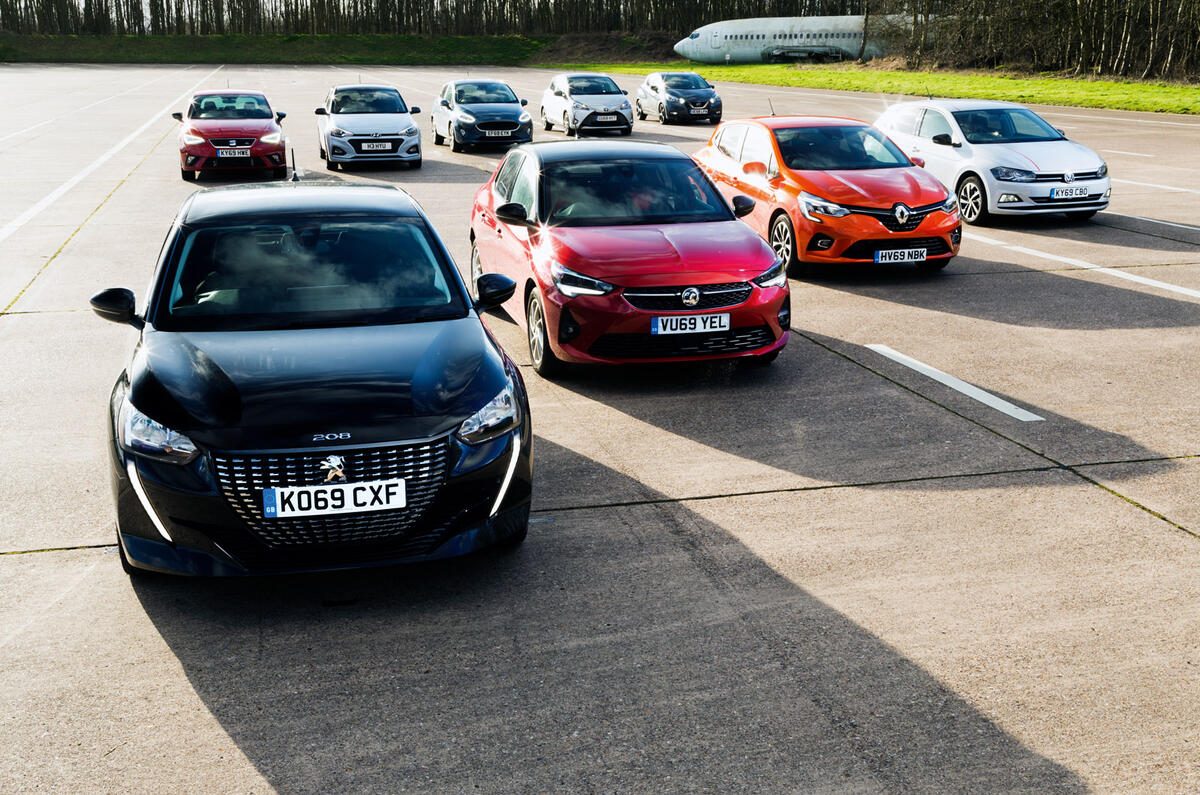
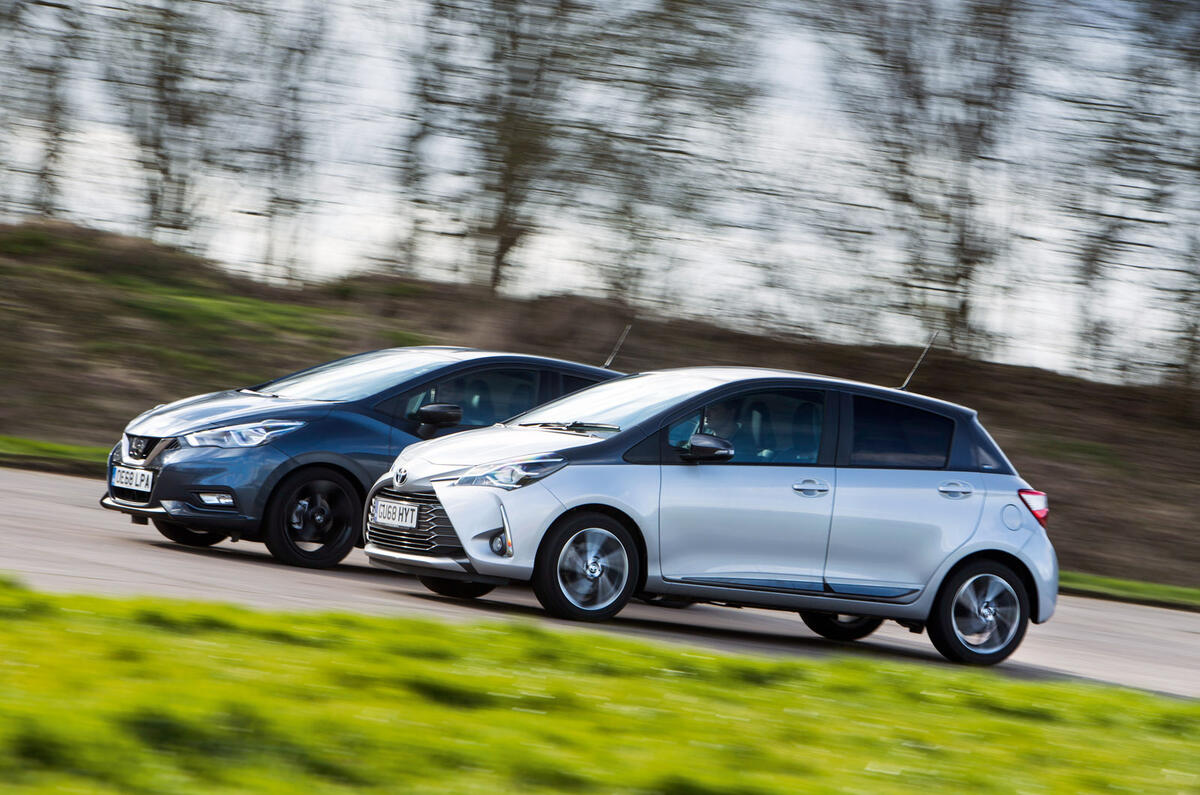

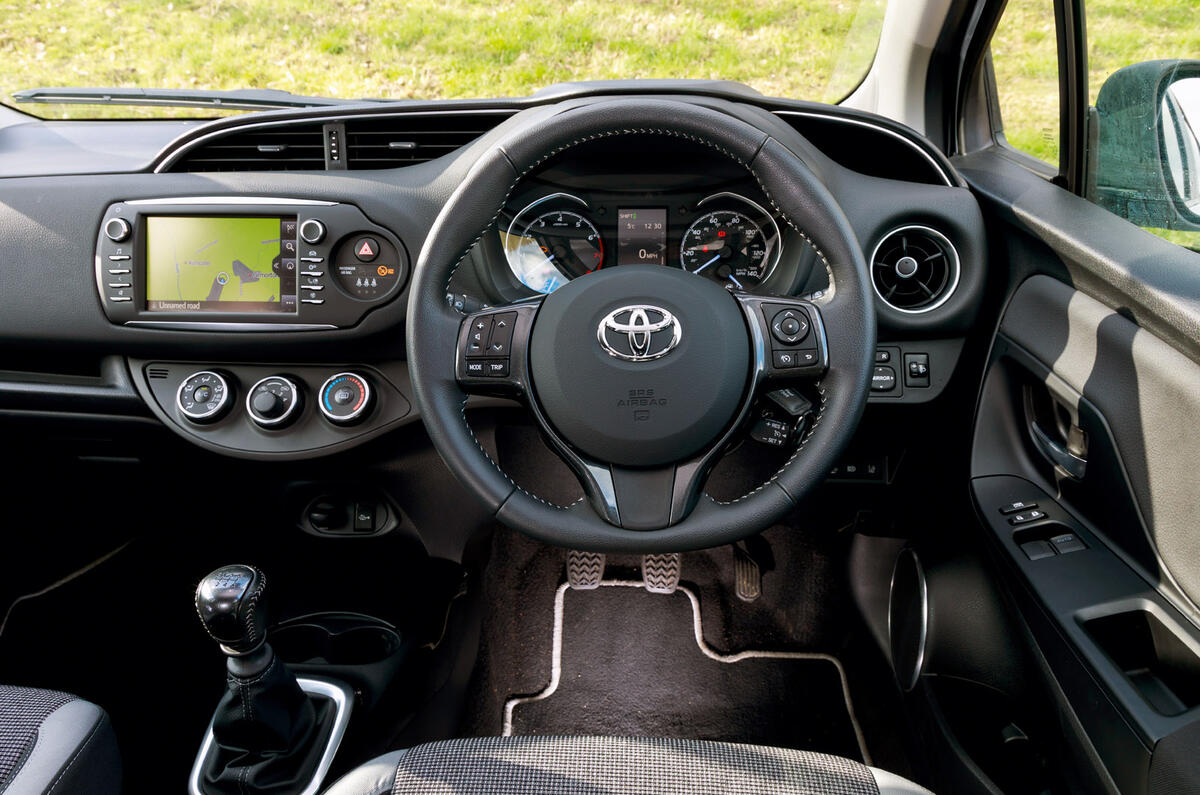
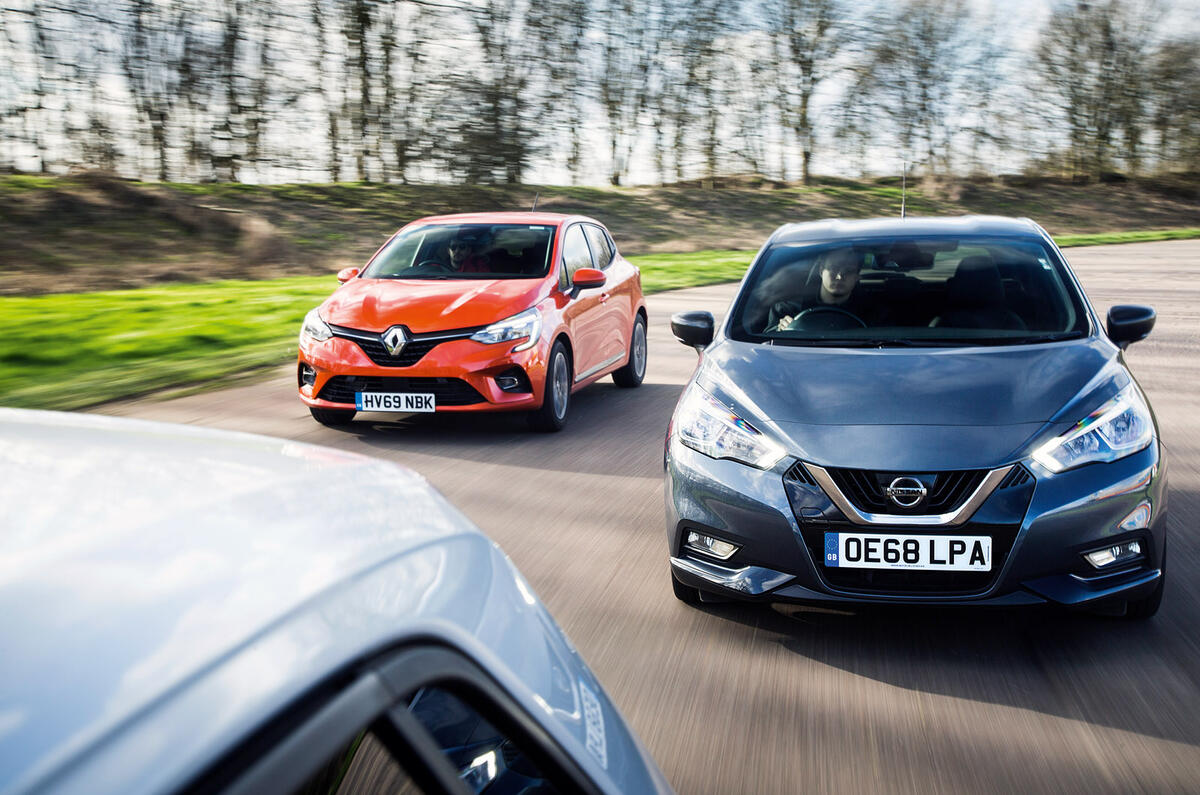
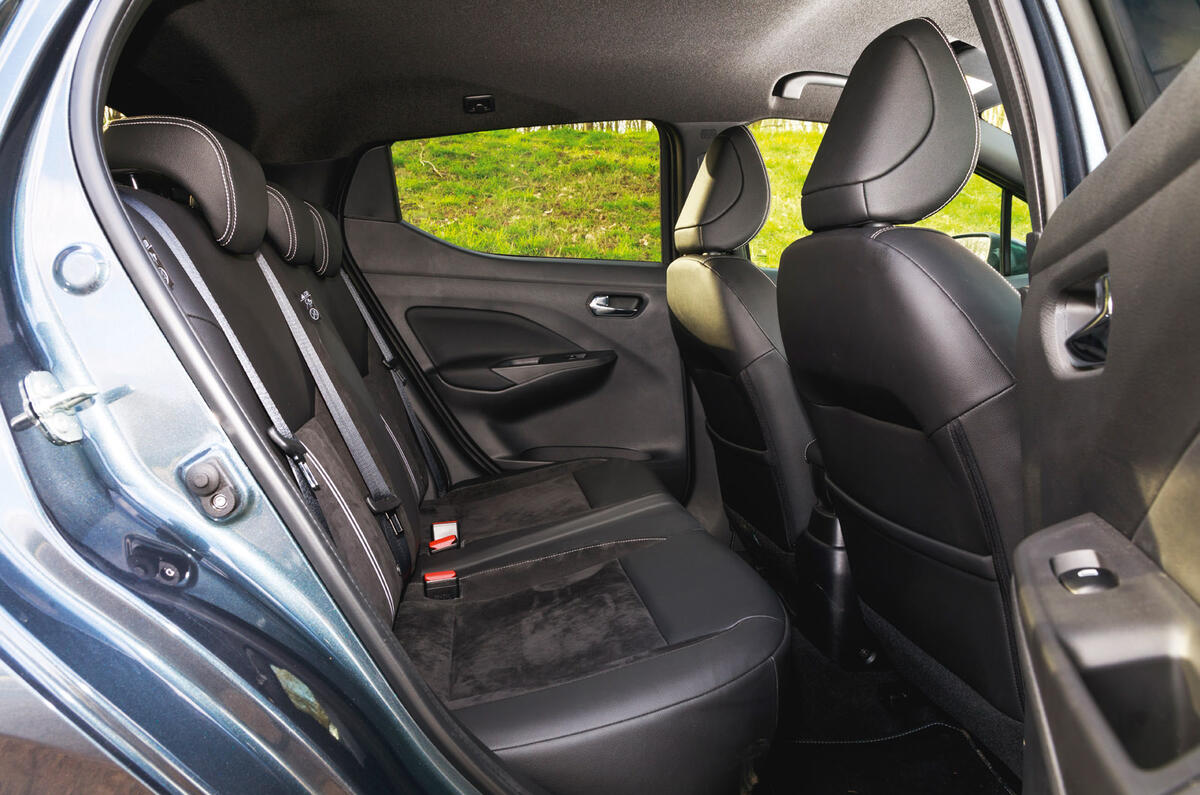
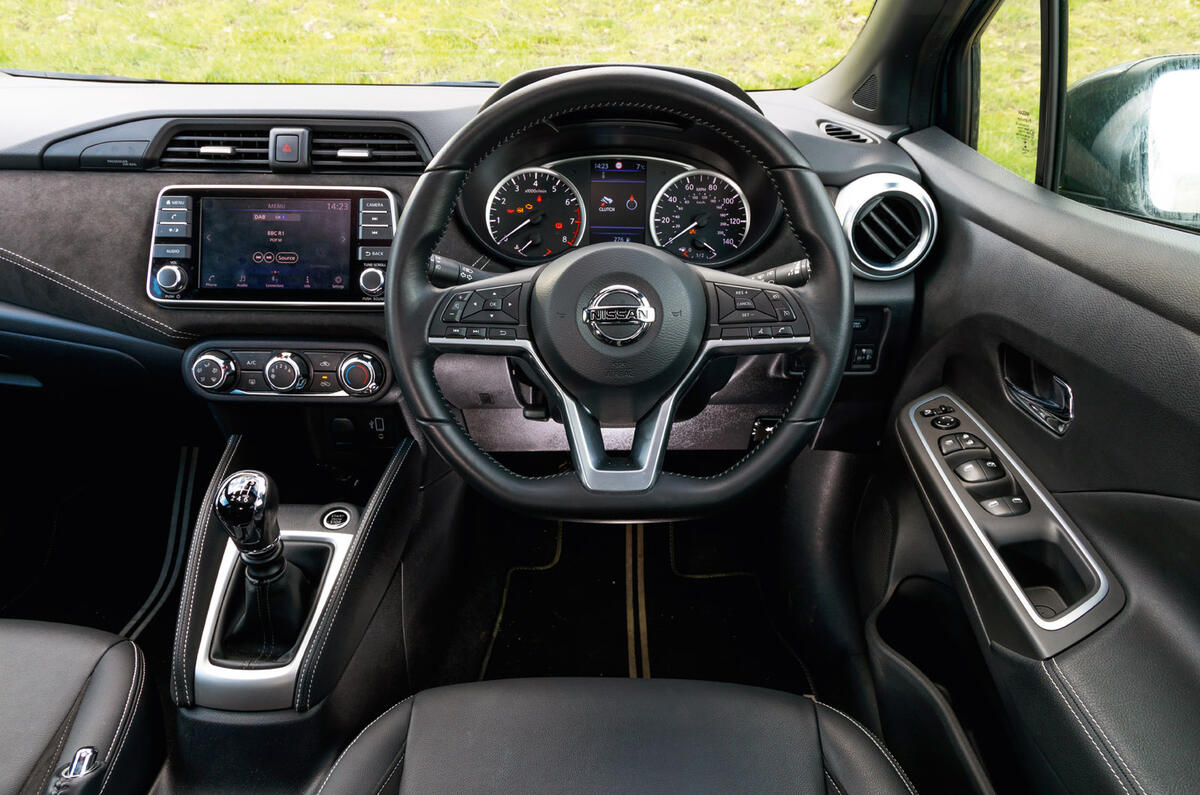
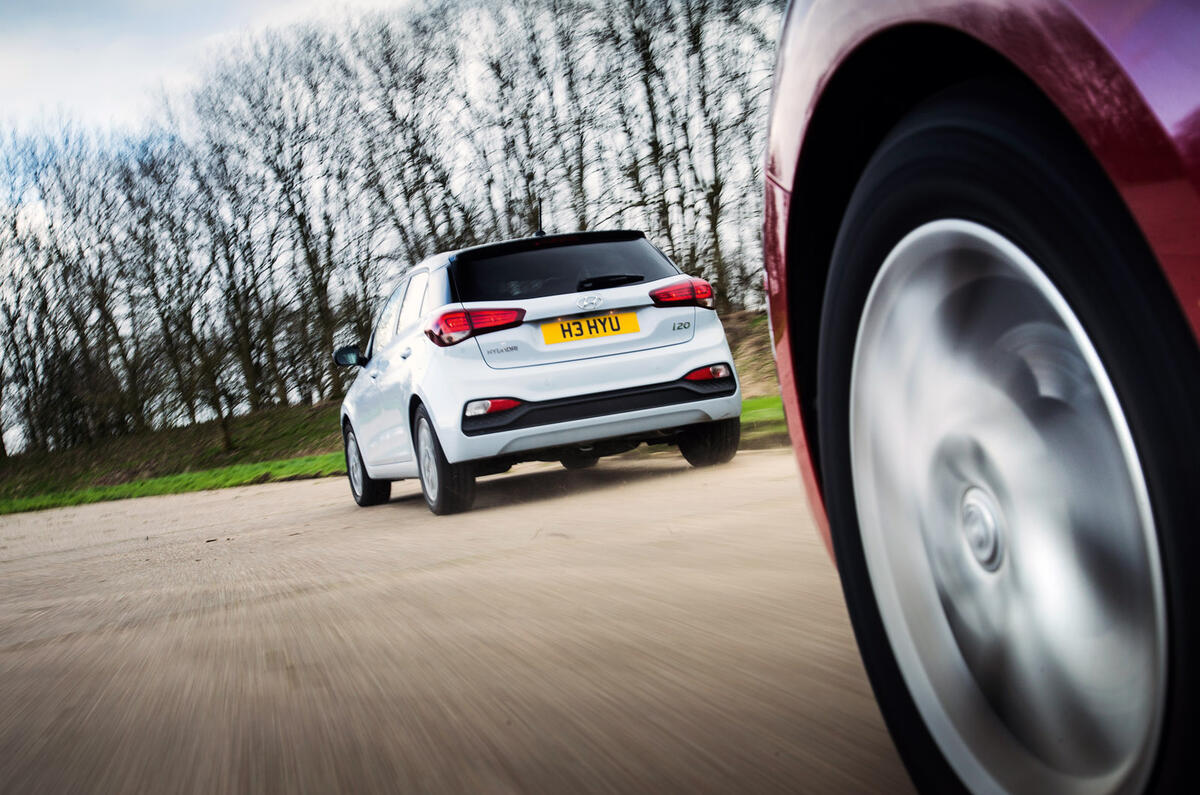
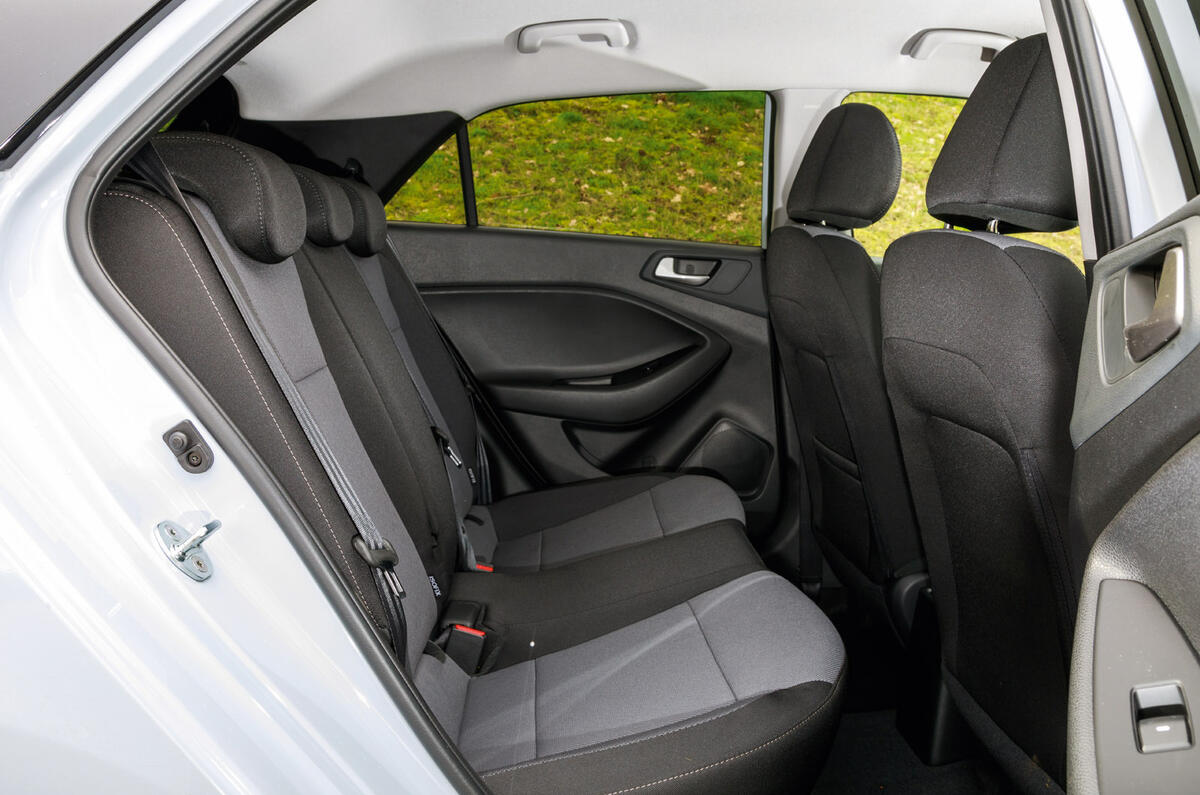
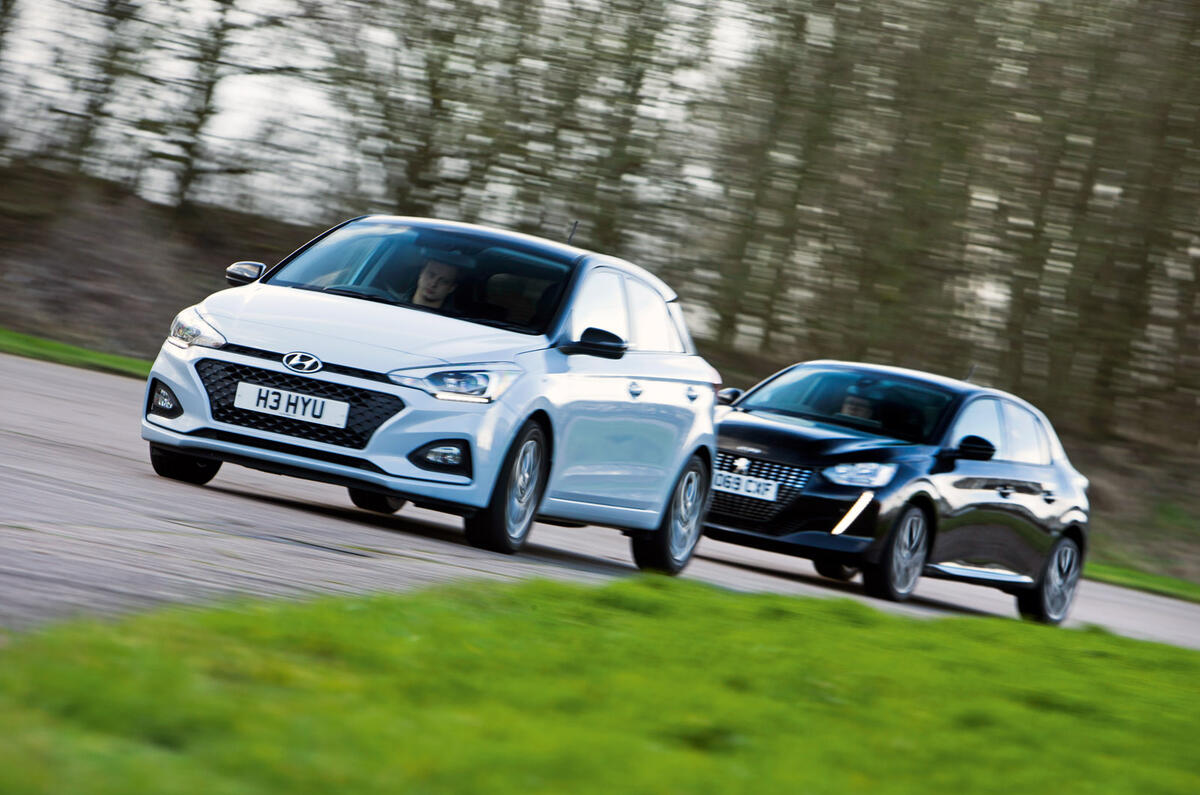
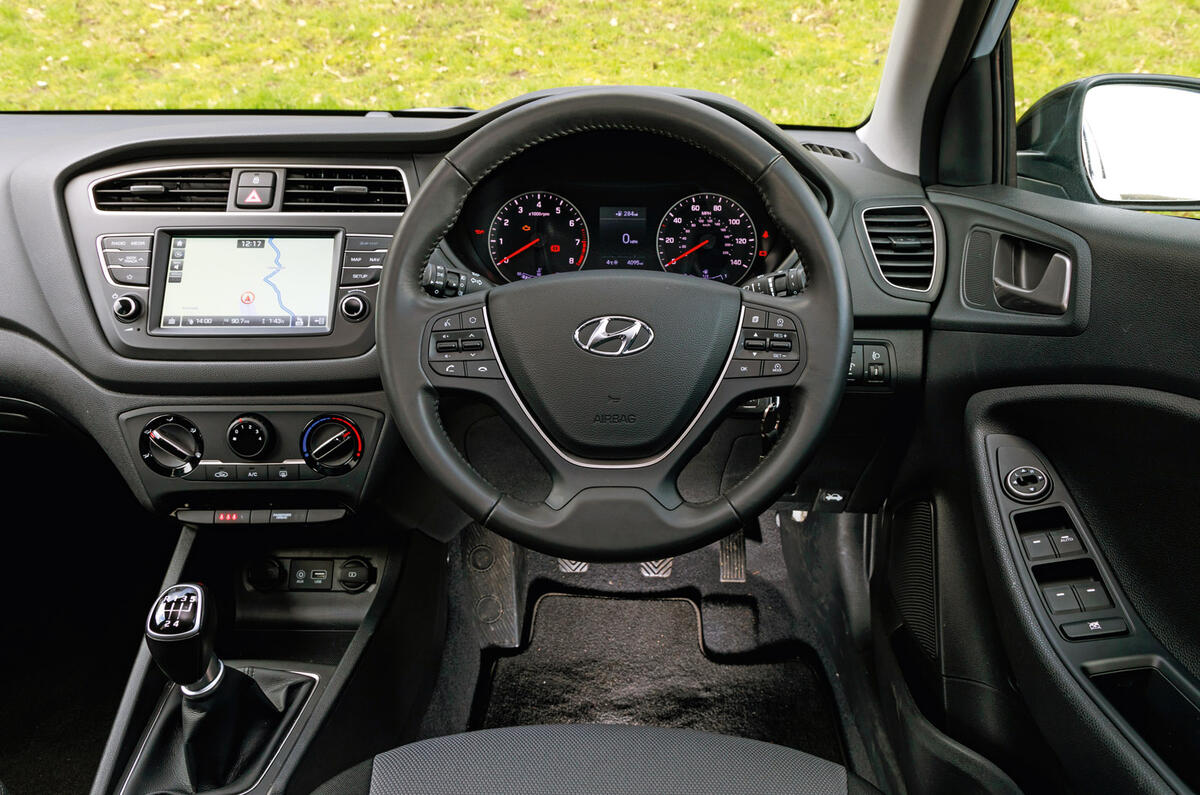
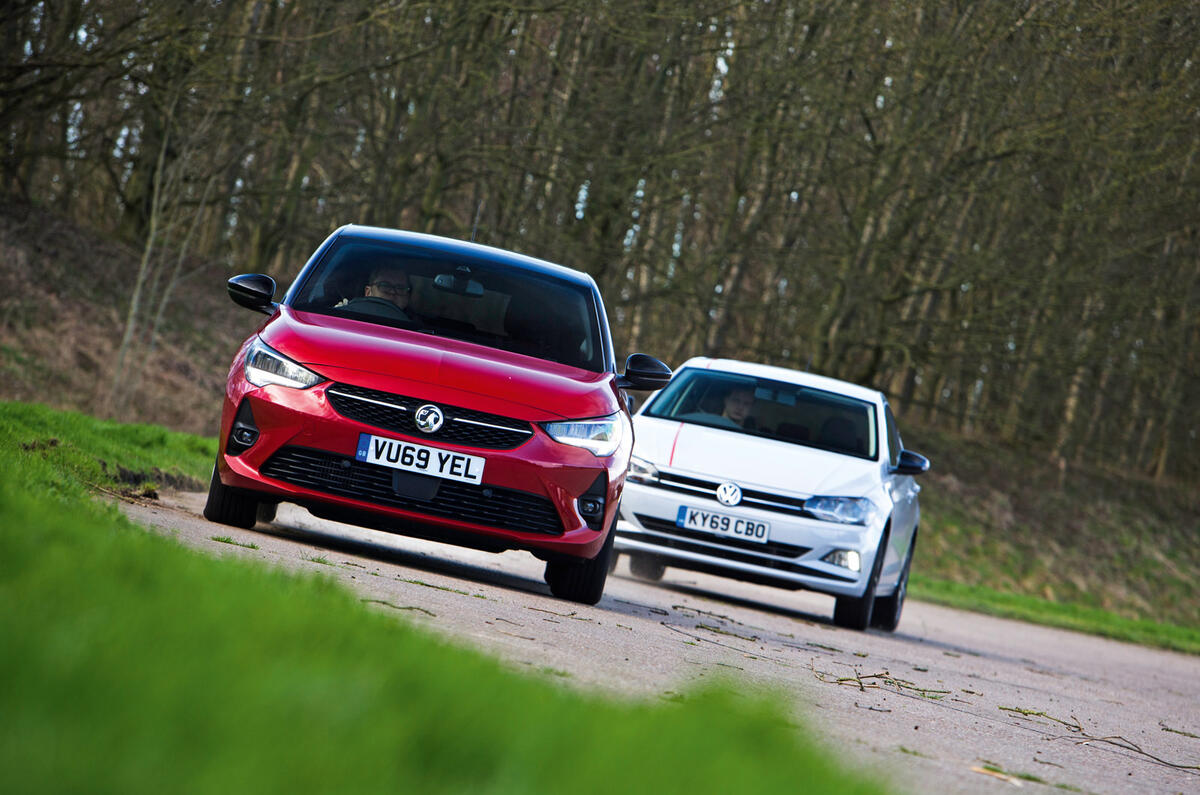
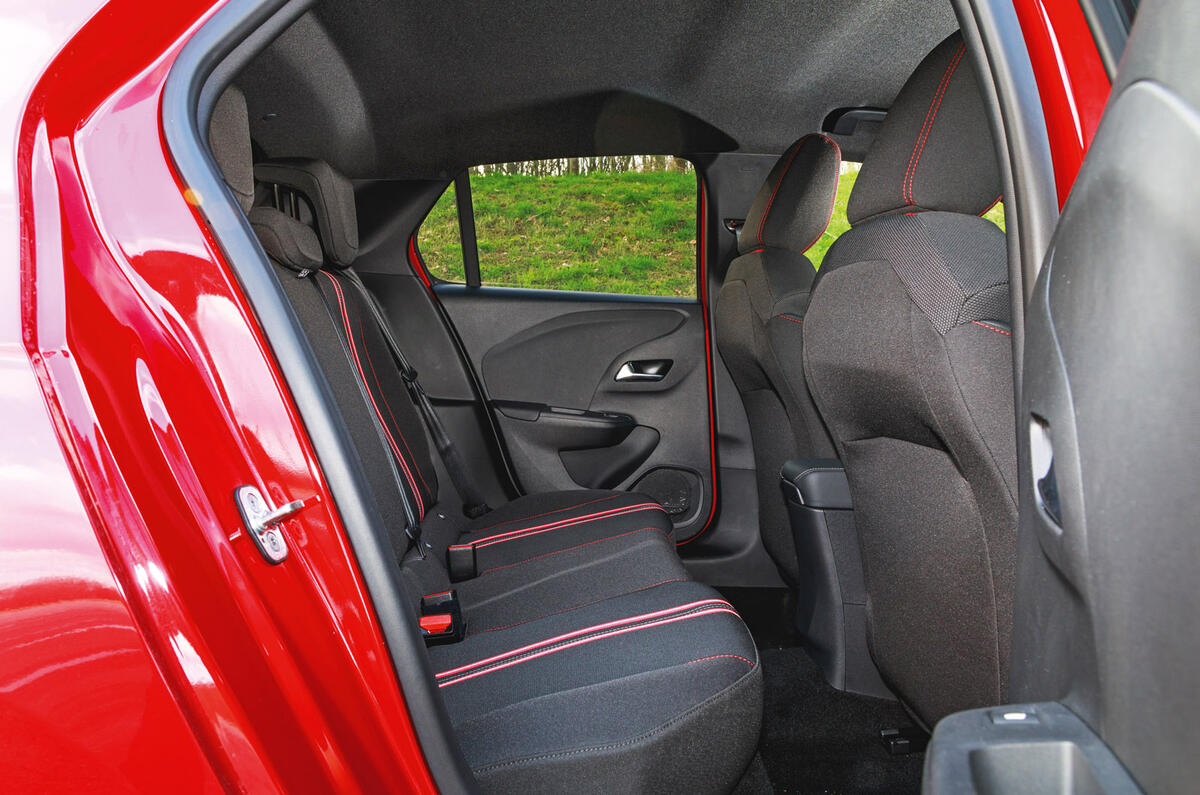
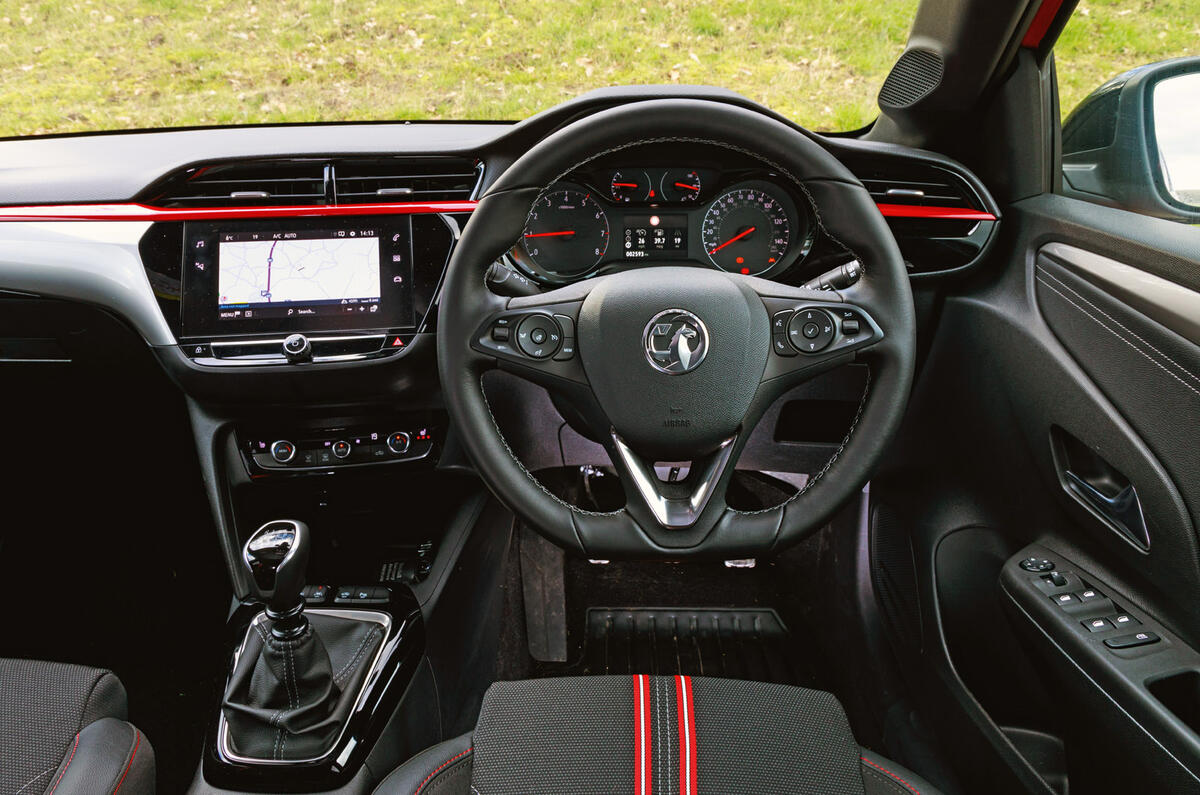
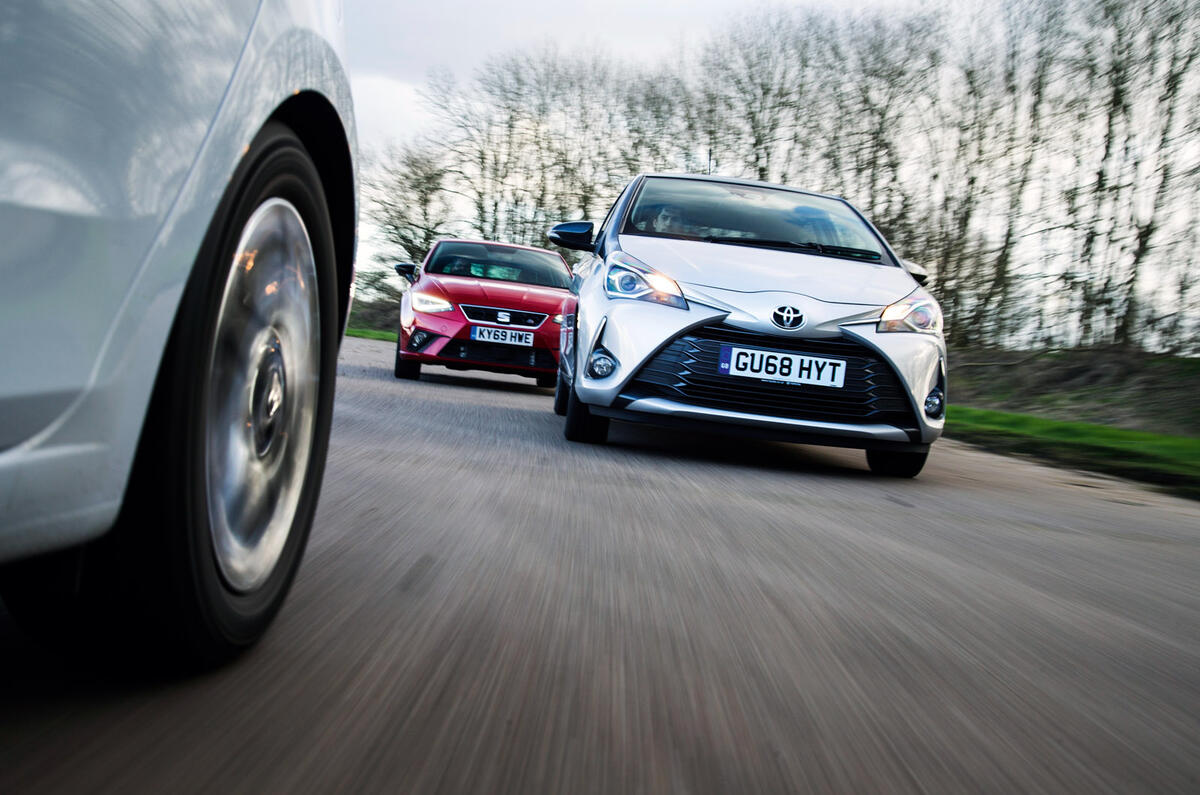
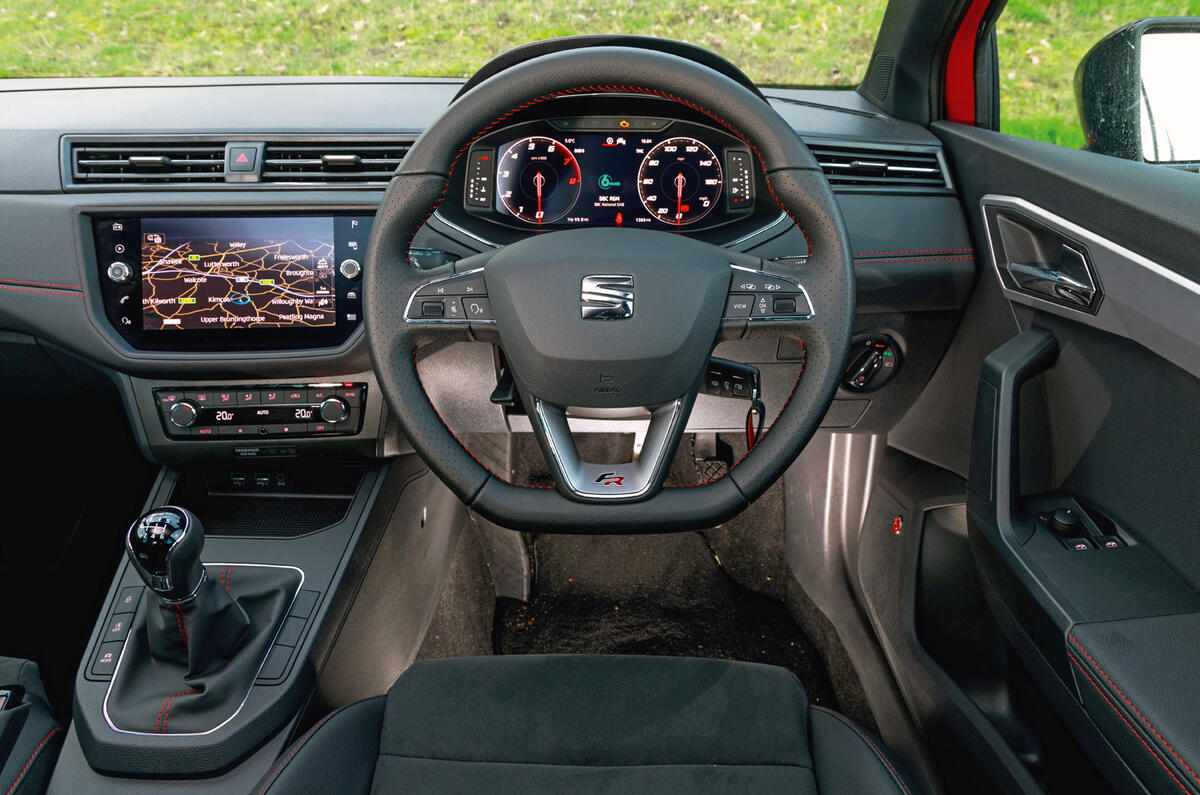
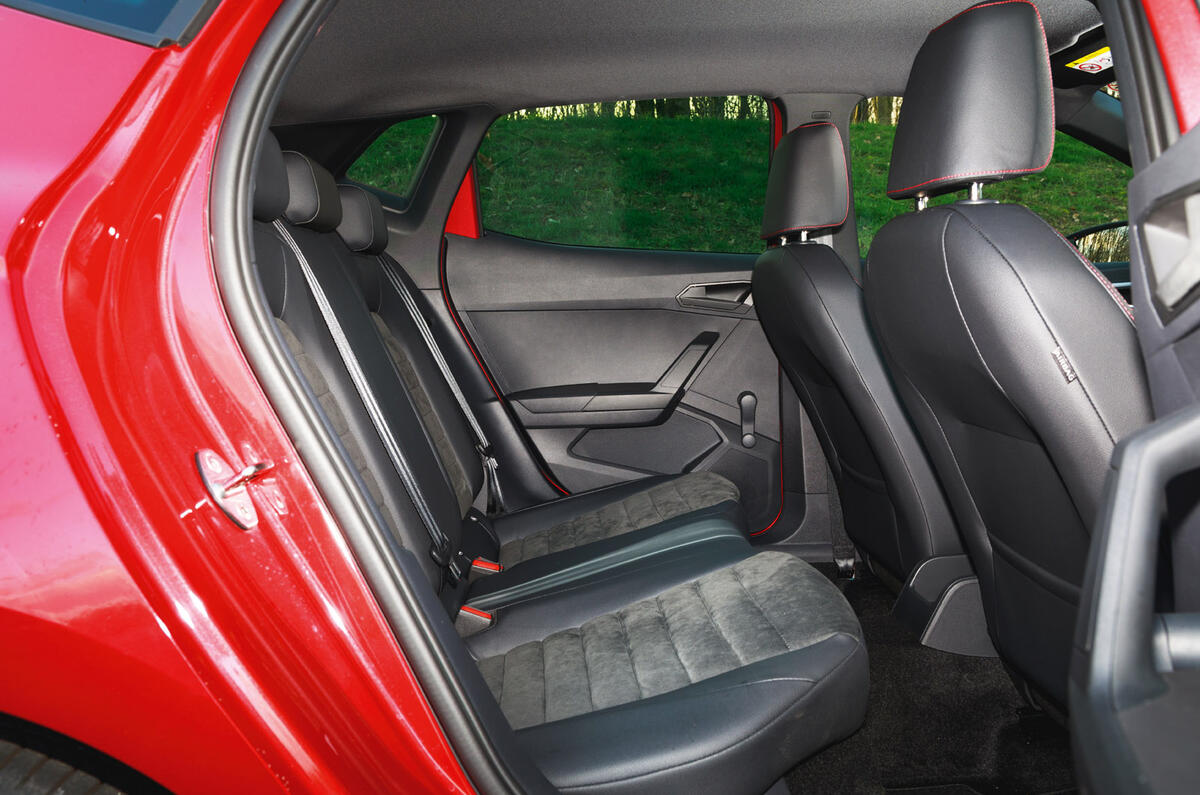
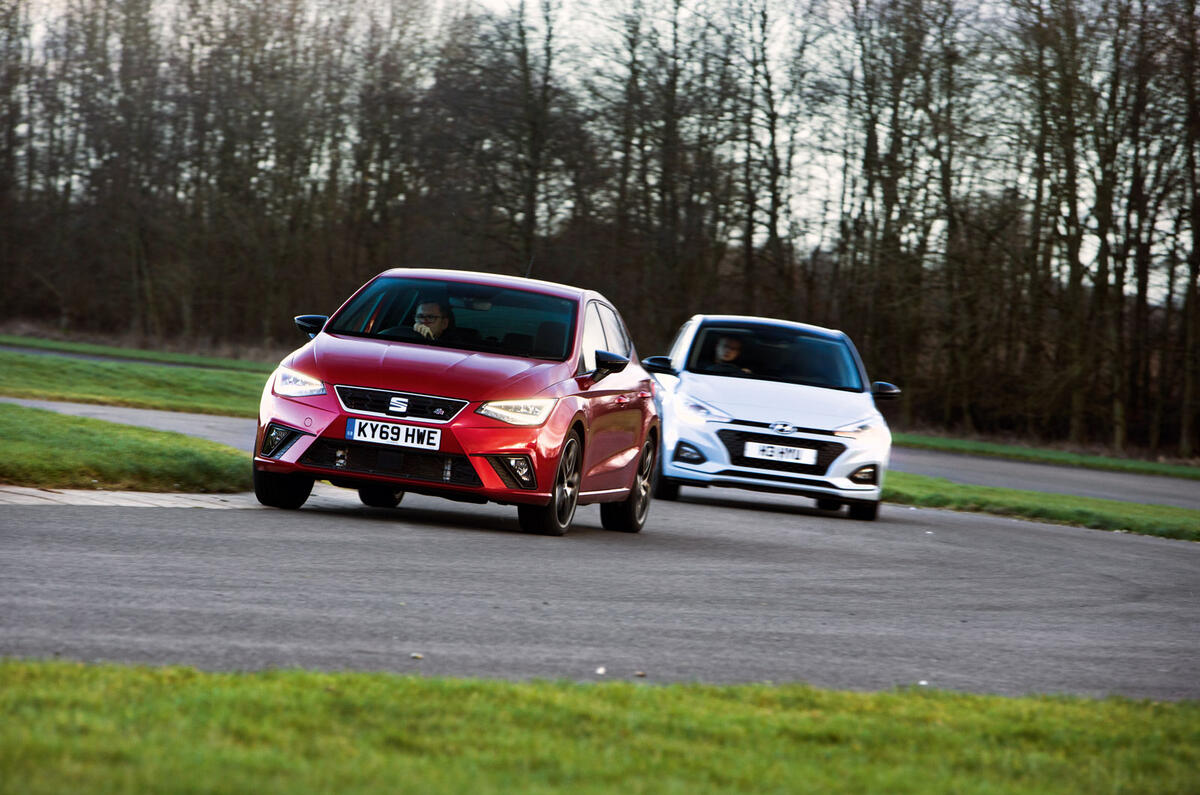
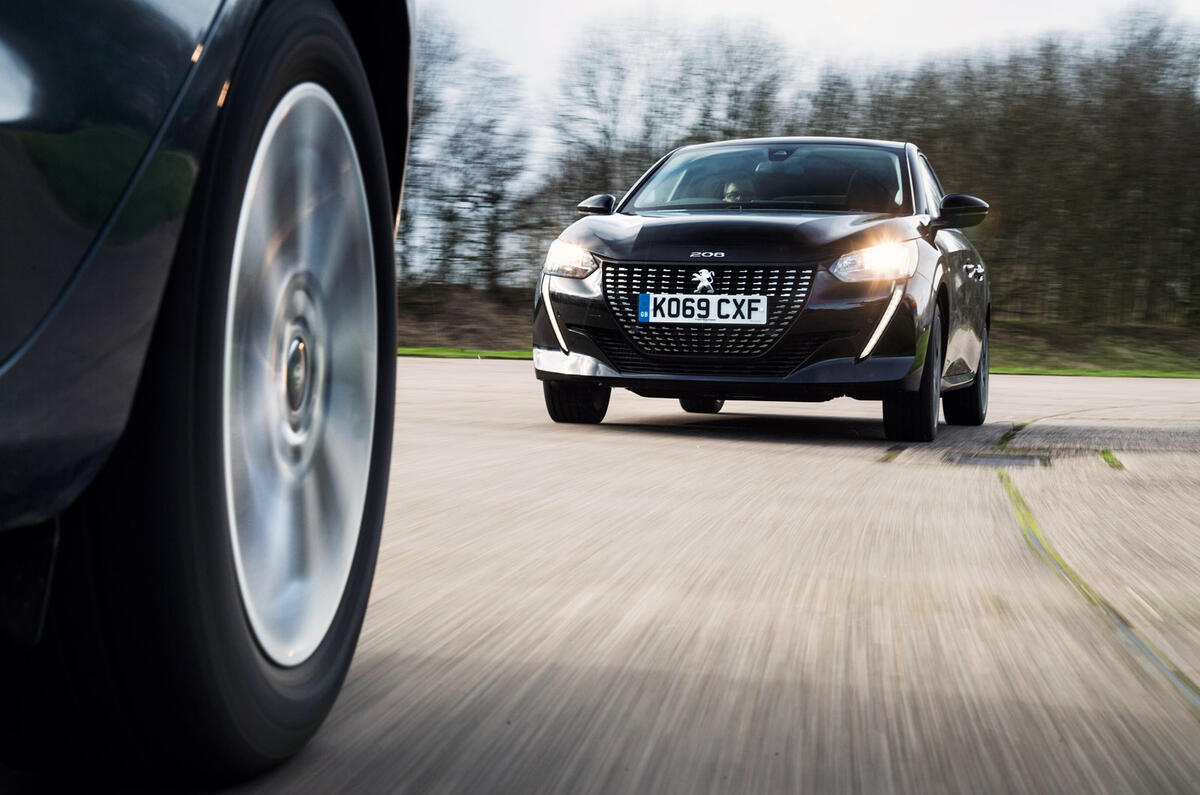
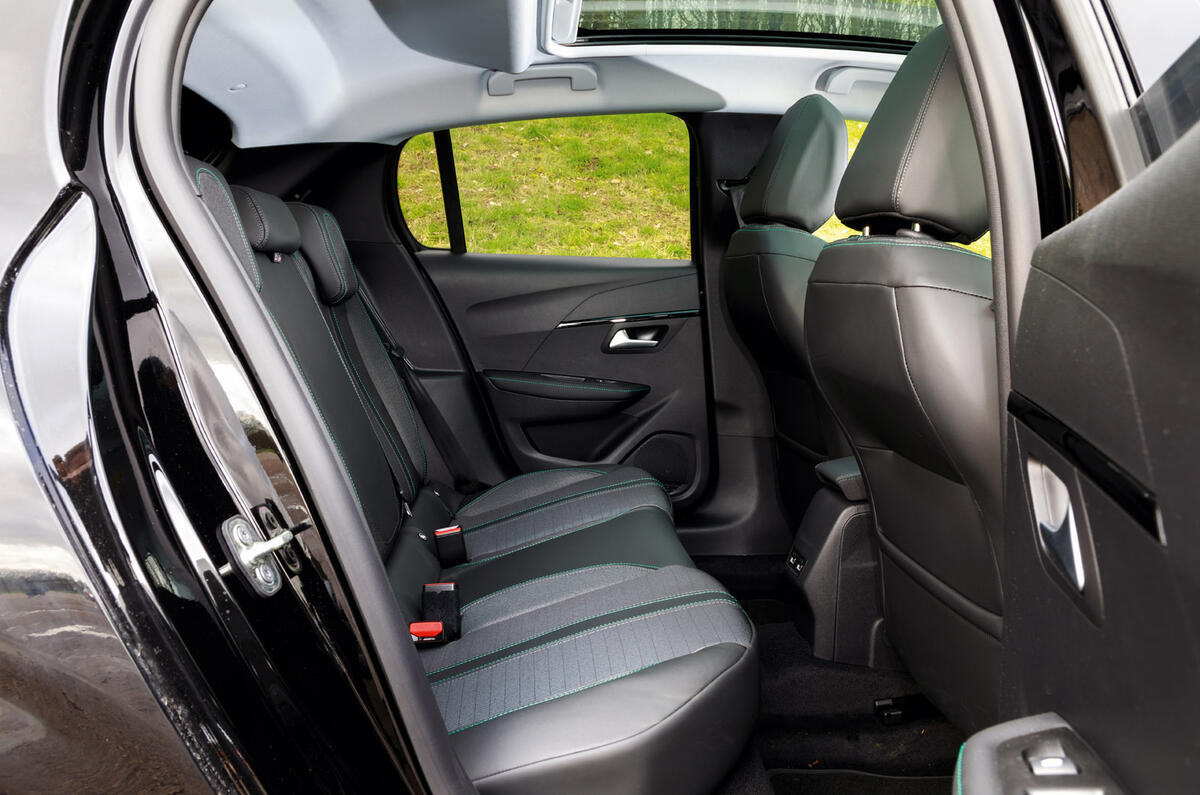
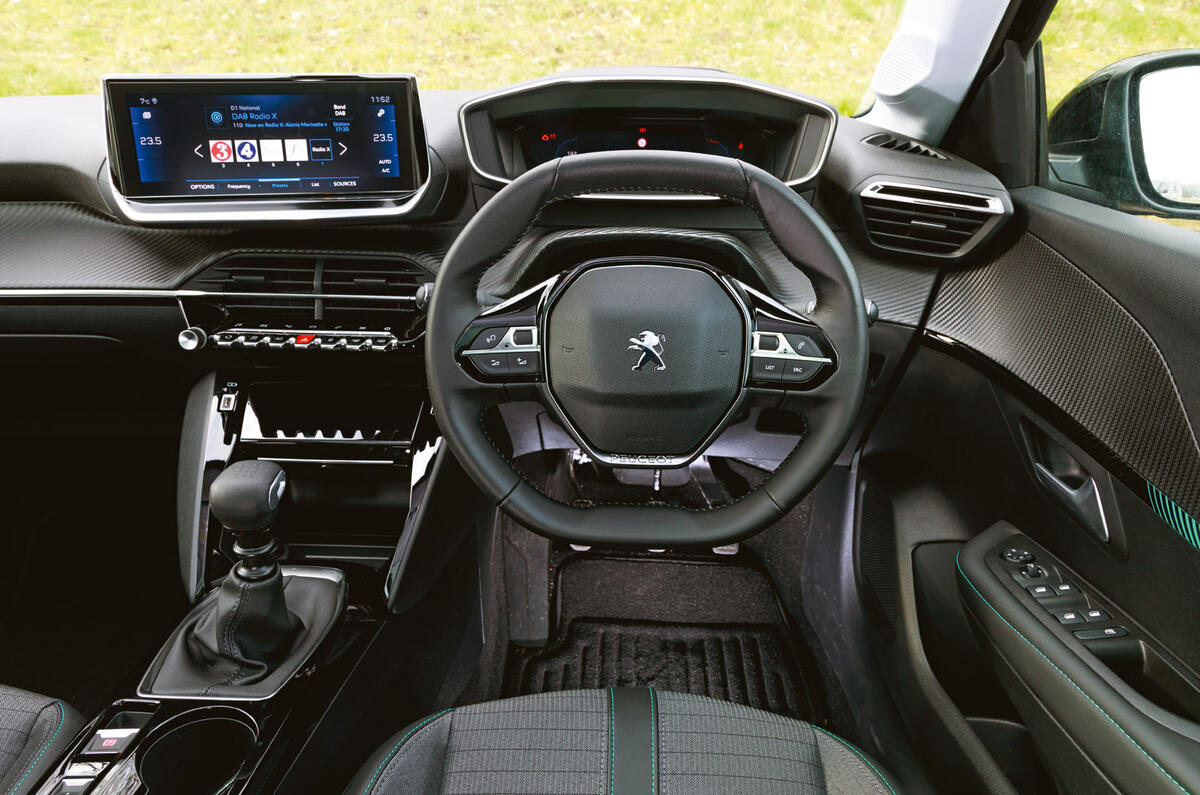
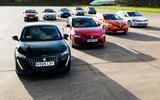
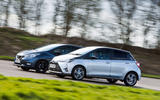
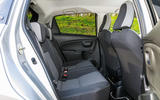
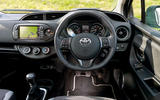
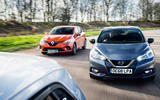
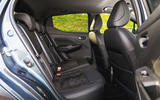
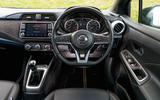
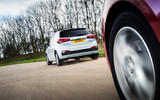

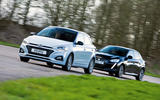
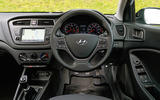

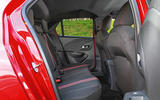
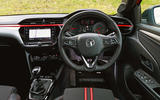

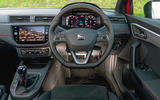
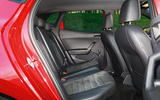
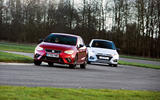
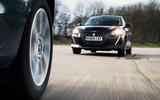
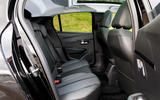
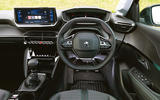






Join the debate
Add your comment
Decision Making Made Easy
Hi Matt, this article is going to be a game changer in my decision to have a new car. I'm in search for a new car and the brands such as Ford, Volkswager, Renault, Toyota, etc., are all my interested brands and I wanted to know the best model to be picked from one of these brands. I'm checking all the features and ideas you have shared and it's going to make my job quite easy, not only mine, but also for many people like me.
Great piece, and keep it up :)
John Haves
Business Manager at Housekeeping Co
I obviously missed something
I searched for the word Renault and it only appears just below headline and the opening paragraph, what's going on? Can anyone tell me where it finished in the test?
Why no mention of the Mazda2 ?
Rediculous to leave the Mazda 2 Skyactive out of this article. It is A) the best looking B) the best to drive c) very well equipped. It has a normally aspirated 1.5 engine with none of the associated problems of turbo engines. The after sales service is excellent and the resale value is good too.
Motoring journalists are always singing the praises of Ford and VW which is one of the best reasons to avoid them.
billysiv wrote:
So, let me understand. You read an article in order to dismiss the writer's findings? I'm admittedly dumber than a toilet roll hoarder but what's the point in reading the article?